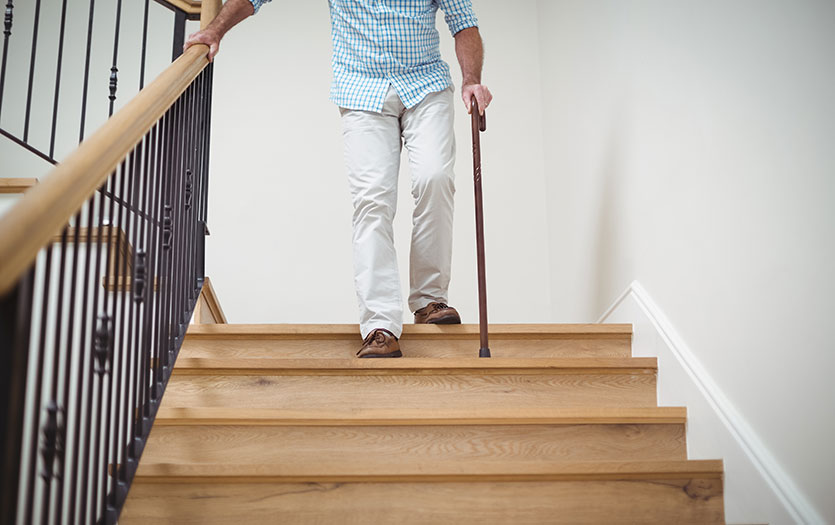
This post was written by Andrius Giedraitis, MD, Pain Management at Parkview Bryan Hospital.
Back pain is a complex condition that affects millions of people. Although the causes can vary, some are more prevalent than others. Recognizing what typically triggers this pain can help you better understand your symptoms and when to seek appropriate treatment.
Soft tissue injuries
Muscle strains and ligament sprains represent the most frequent cause of back pain. These injuries occur when muscles and ligaments are stretched beyond their normal range or twisted unexpectedly. Everyday activities like lifting heavy objects, making sudden movements, maintaining poor posture, or engaging in unfamiliar physical activities can trigger these strains.
The pain typically feels like a sharp or aching sensation that limits movement and can be accompanied by muscle stiffness.
Treatment for muscle strains often involves rest, applying heat or cold therapy, gentle stretching and over-the-counter pain medications. Physical therapy can also help restore muscle flexibility and strength, preventing future injuries.
Herniated or bulging discs
The spine's intervertebral discs act as shock absorbers between vertebrae. When these discs become damaged or worn, they can bulge or herniate, pressing on nearby nerves and causing significant pain. This condition frequently develops from age-related wear and tear, sudden injuries or repetitive stress movements. People may experience sharp, radiating pain that can extend into the legs, accompanied by numbness or tingling sensations.
Managing herniated discs involves a comprehensive approach, including physical therapy, pain management medications, targeted exercises to strengthen core muscles, and, in some cases, minimally invasive surgical procedures. Chiropractic care can also provide relief by helping realign the spine and reduce nerve pressure.
Degenerative conditions
As we age, our joints naturally undergo changes that can lead to conditions like osteoarthritis. In the spine, this means the gradual breakdown of cartilage between vertebrae, causing bones to rub against each other.
Genetic factors, previous joint injuries, chronic inflammation, and lifestyle choices contribute to this condition. Patients often describe a persistent, deep ache that worsens with activity and can limit mobility.
Treatment for degenerative conditions focuses on managing pain and maintaining joint function. This includes anti-inflammatory medications, regular low-impact exercises, weight management, and physical therapy. Some patients benefit from emerging regenerative treatments that can help slow the progression of joint degeneration.
Prevention and professional care
Preventing back pain involves maintaining a healthy lifestyle that includes regular exercise, proper posture, healthy body weight, and avoiding sudden, extreme physical activities. However, if your pain is persistent or severe, it's essential to consult a healthcare provider who can offer a precise diagnosis and a personalized treatment plan.
At Parkview Bryan Hospital's Pain Management Clinic in Ohio, our team offers personalized and balanced care, with no referral necessary. To learn more or schedule an appointment with one of our providers, call 419-633-7343.
At PPG—Pain Management in Indiana, appointments are by referral only. If you suspect you need to see a pain management specialist, contact your primary care physician.



